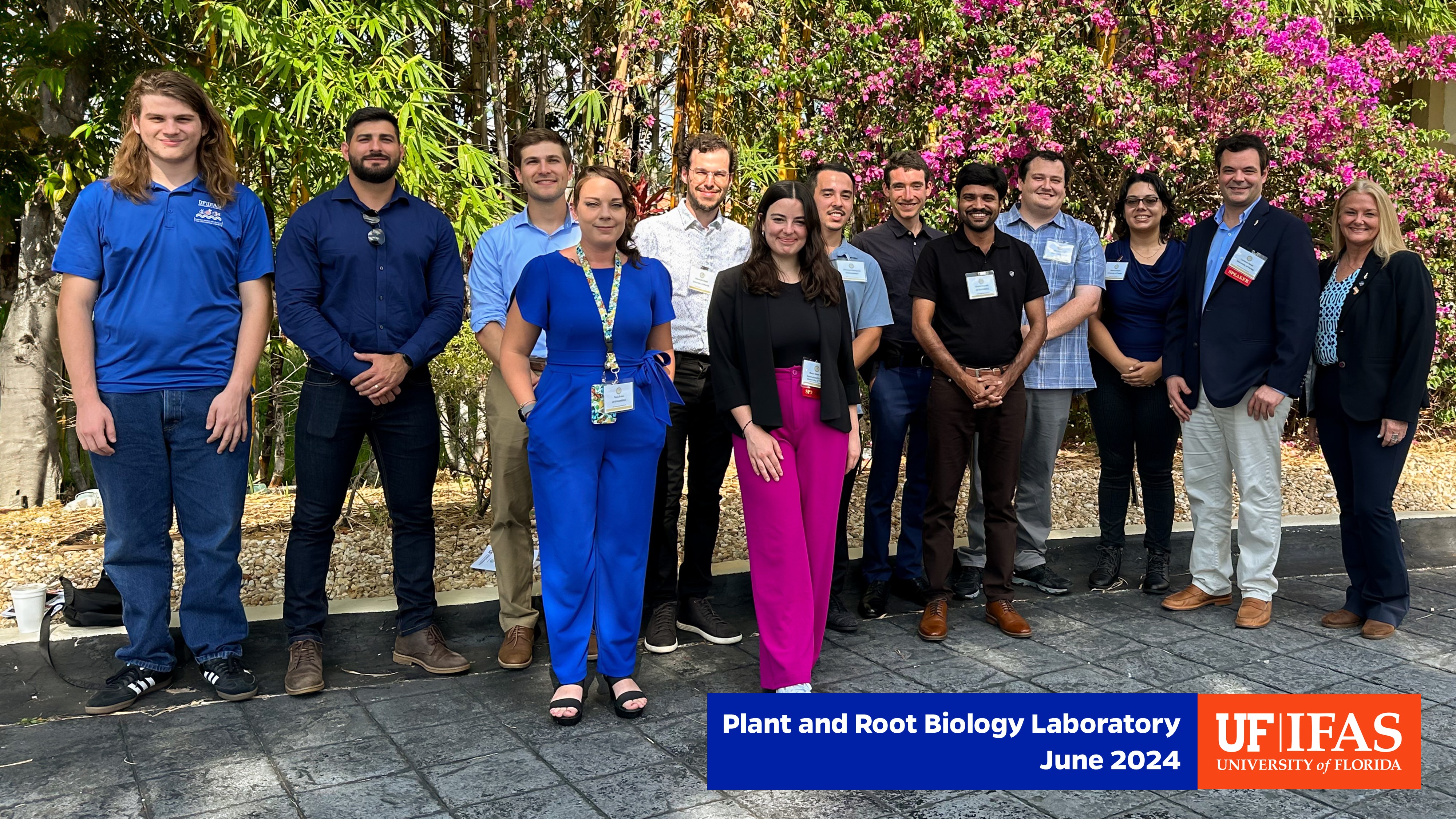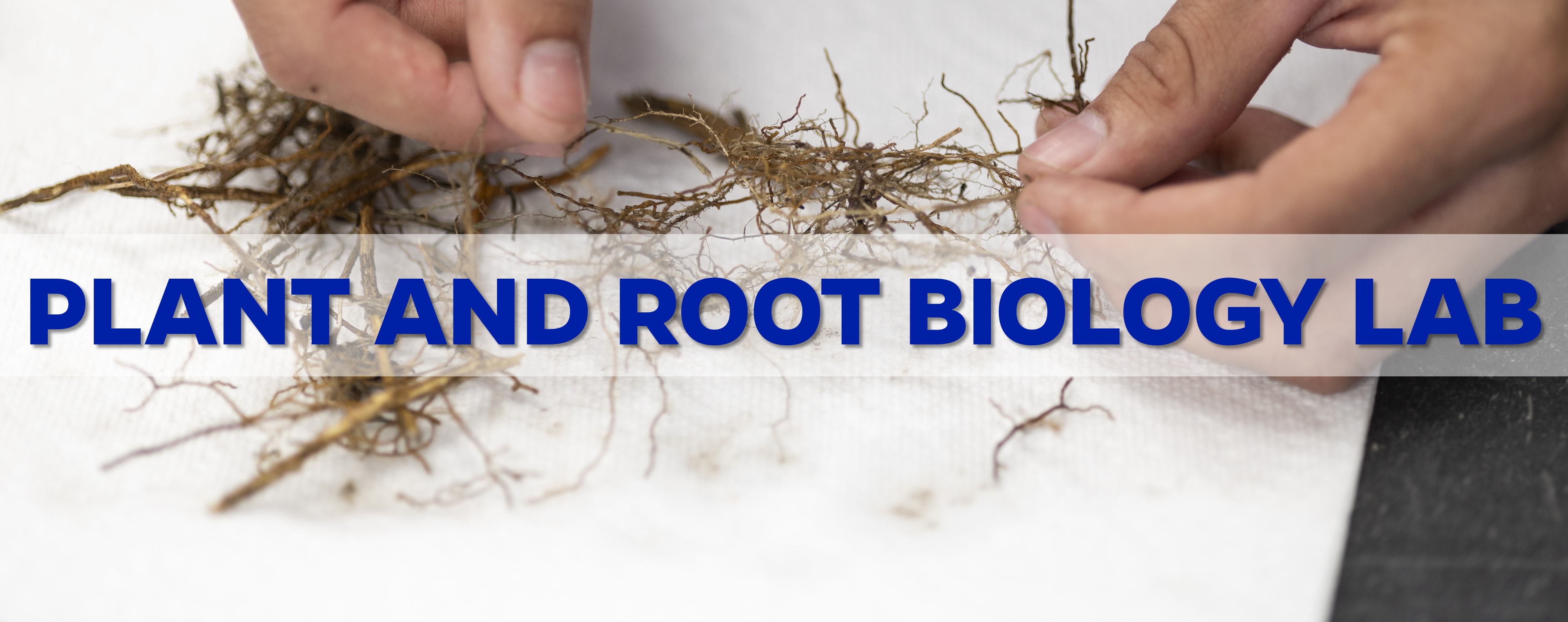Welcome!
Welcome to our laboratory! We focus on the critical but understudied aspects of root structure, function, and rhizosphere interactions in tree crops. This is especially important in Florida, where poor soil fertility and organic matter pose challenges to sustainable fruit production. Citrus growers also face the added threat of citrus greening (HLB, huanglongbing), which negatively affects roots and currently has no cure. Our mission is to boost yield and quality in horticultural tree crops through sustainable management practices that enhance plant, root, and rhizosphere health.


